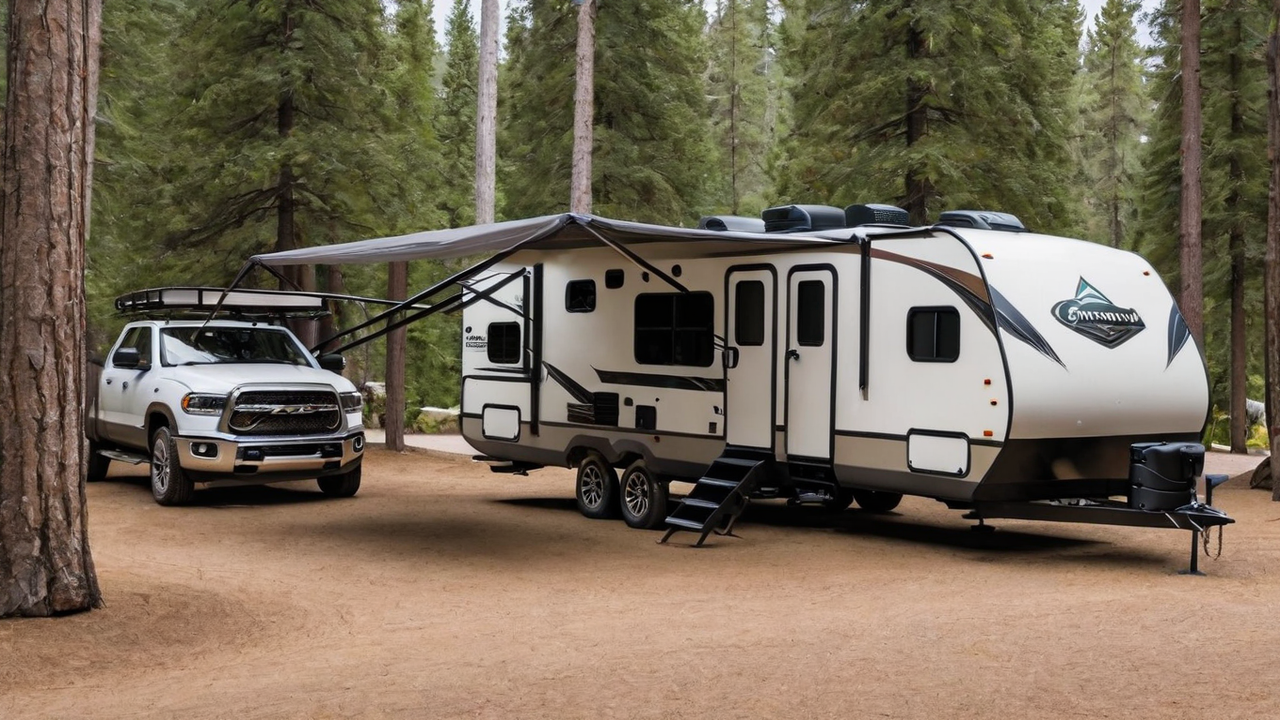Enhancing Location Selection with Geographic Information Systems Integration in Campground Administration Software
Enhancing Location Selection with Geographic Information Systems Integration in Campground Administration Software
Blog Article

Utilizing Geographic Information Systems for Enhanced Campground Layouts
Integrating GIS into campground management software revolutionizes the way campsites are planned and managed. By utilizing precise geographical data, administrators can optimize the layout for improved accessibility and guest satisfaction. This integration allows for the creation of detailed site maps that include natural landscapes, maximizing the use of space while preserving the environment.
The capability to visualize and adjust the campground layout in real-time offers a significant advantage in planning and development. Precise GIS data helps in identifying ideal locations for amenities, ensuring they are both accessible and environmentally sustainable. This approach not just improves guest satisfaction but also contributes to a reduced environmental impact.
Simplifying Booking Processes with Geographic Information Systems
By integrating GIS into campground reservation software, operators offer a more engaging booking experience for guests. Guests can choose their preferred sites based on actual geographical information, including proximity to facilities and picturesque views. This degree of detail in site selection significantly enhances preparation and contentment for campers.
Furthermore, this technology cuts down the likelihood of overbooking and clashes among reservations. Accurate GIS data ensures that each site is accurately mapped, with clear demarcations, thus making a smoother reservation process. This effectiveness not only reduces time for campground managers but also enhances the overall customer experience.
Enhancing Safety and Emergency Response with GIS
Integrating GIS into campground management solutions greatly improves safety and emergency preparedness. Detailed site maps permit for precise placement of emergency facilities like fire stations, first aid points, and evacuation routes. This accessibility to critical information can significantly speed up response times in critical situations, potentially preserving lives.
Moreover, GIS data can be used to spot areas susceptible to environmental hazards such as flooding or wildfires, allowing for the development of proactive safety measures. By this approach, campground managers can implement precautionary measures and alert guests of potential risks, thus ensuring a safer camping experience for everyone.
Maximizing Resource Allocation With GIS
GIS technology allows campground managers to effectively allocate amenities across the site. By analyzing geographical data, managers are able to identify the most strategic placements for facilities such as restrooms, picnic areas, and playgrounds. This guarantees that all campers have easy access to amenities, enhancing their total experience.
Additionally, GIS can assist in managing the utilization of natural resources, encouraging sustainable practices within the campground. Through accurate mapping, campgrounds can prevent overuse of vulnerable areas, supporting in conservation efforts and protecting the beauty and health of the environment.
Boosting Visitor Engagement with Interactive GIS Tools
Interactive GIS maps boost guest engagement by offering an immersive experience of the campground before arrival. Guests can tour different sites, see photos, and learn about nearby attractions directly through the campground’s webpage. This pre-visit engagement begins the guest experience on a high note, increasing anticipation and contentment.
Moreover, these interactive tools may act as a guide during the stay, providing real-time information on weather conditions, scheduled events, and available facilities. Such accessibility ensures that campers remain informed and can fully enjoy their outdoor experience.
Advancing Eco-friendly Conservation with GIS
GIS integration in campground management systems plays a crucial role in advancing environmental sustainability. Accurate mapping allows for careful planning and management of natural resources, minimizing anthropogenic footprint on the landscape. Such tools make it possible to keep track of and control wildlife habitats, water bodies, and vegetation, ensuring their preservation for future generations.
Furthermore, by leveraging environmental GIS data, campgrounds can identify areas suitable for renewable energy installations or other green initiatives. This approach not only enhances the campground’s sustainability but also reduces operational costs, showing a commitment to conserving the natural world.
Incorporating Community Knowledge into Campsite Planning with GIS
GIS systems enable campground operators to integrate community knowledge into campsite development. By engaging with local members, managers can gain a deeper understanding of the landscape and its cultural significance. This collaboration ensures that campgrounds are developed with respect for local values and heritage, enriching the guest experience.
Moreover, this integration helps in identifying distinct chances for campsite experiences and offerings that showcase the area’s culture and natural beauty. Incorporating community insights into the planning process doesn’t just improve the genuineness of the campground but also bolsters relationships with the surrounding community, creating a positive impact for all involved.
Adjusting to Evolving Visitor Needs with Adaptive GIS Information
The world of outdoor hospitality is constantly changing, with guest expectations becoming more complex. Using dynamic GIS data enables campground operators to swiftly adapt to these changes by updating facilities and services to meet contemporary demands. This agility guarantees that campsites remain appealing and competitive in a fast-paced market.
Furthermore, the ability to collect and interpret visitor feedback through GIS-based software means campsite managers can continuously refine their offerings. Tailoring the camping experience to meet specific desires not only boosts visitor satisfaction but also encourages loyalty, driving the success of the campground in the long term.
continue exploration Report this page